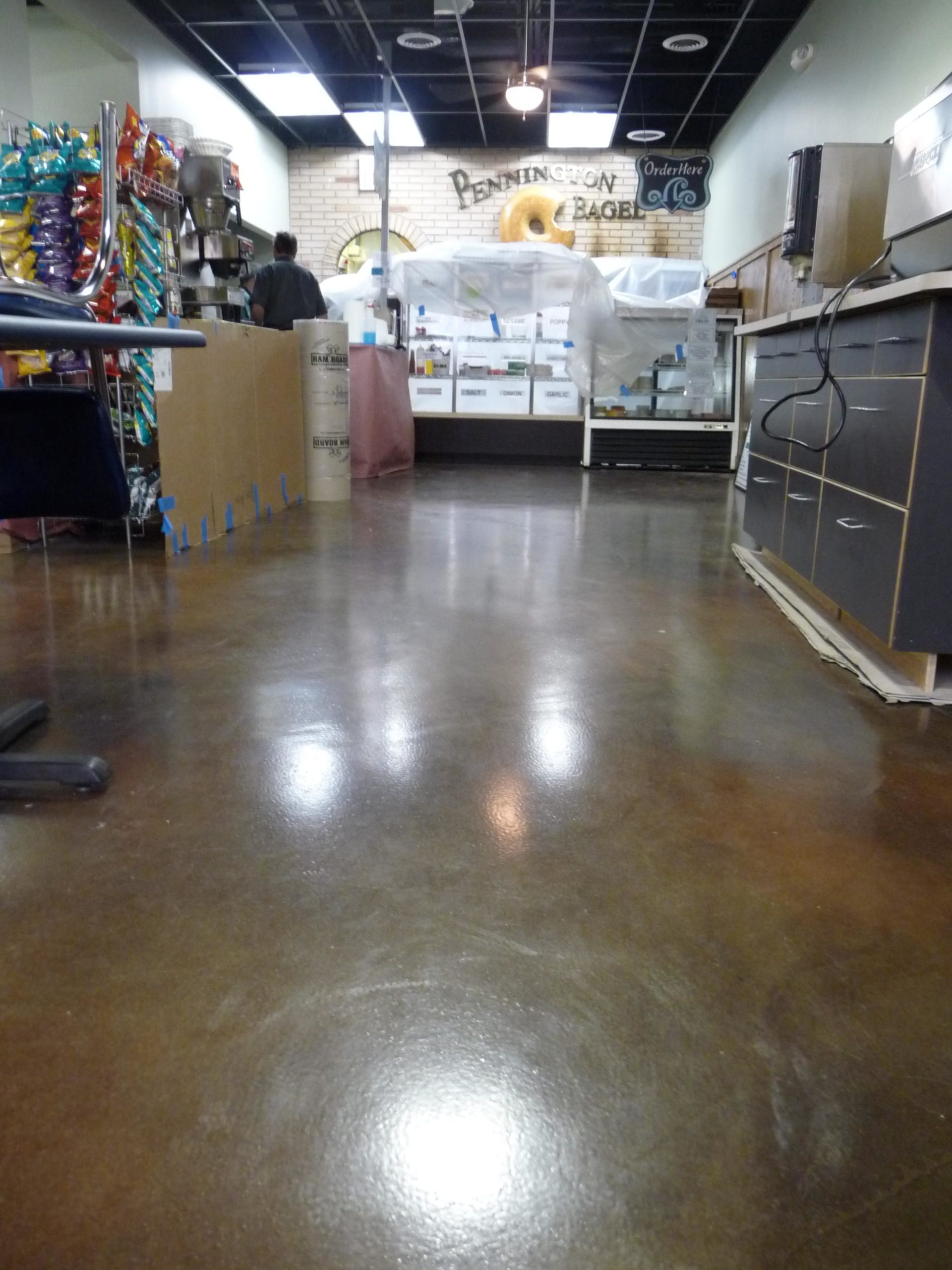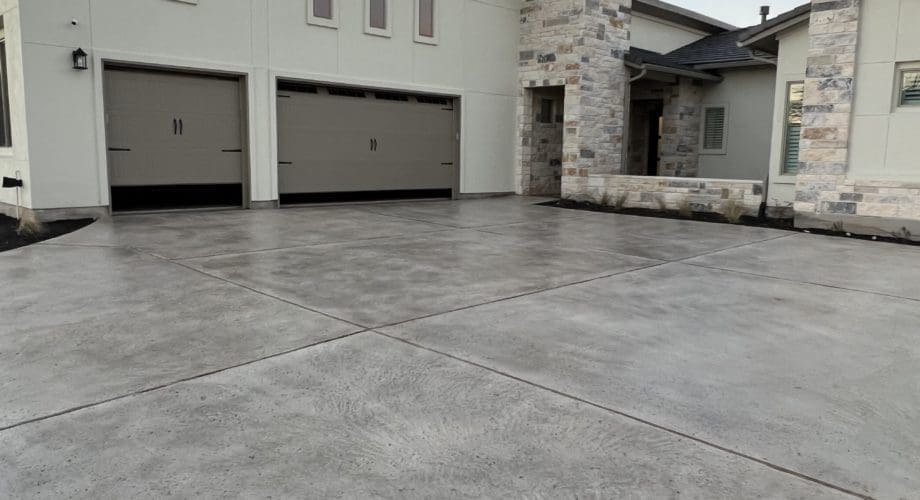Why Regional Tainted Flooring Is the Perfect Choice for Sustainable Home Enhancement
In the realm of lasting home renovation, local discolored floor covering has actually emerged as a preferred selection among ecologically mindful house owners. The unique mix of aesthetic charm, toughness, and environmental benefits it offers can not be forgotten. By utilizing in your area sourced wood, it fosters a favorable ecological effect, and the staining process boosts resilience while minimizing hazardous chemical use. As a cost-effective financial investment with reduced upkeep needs, it raises a provocative inquiry: could this be the ideal service for lasting real estate?
Recognizing the Principle of Regional Tarnished Floor Covering
While the idea might seem novel to some, local stained flooring is a cutting-edge approach to home improvement that integrates aesthetics, longevity, and sustainability. The staining process not just improves the natural beauty of the timber grain yet additionally adds a layer of protection, raising the longevity of the floor covering. Utilizing neighborhood wood types usually supports local economies and promotes responsible woodland monitoring methods.
The Visual Appeal of Local Tarnished Floor Covering
Why is regional discolored floor covering getting popularity for its visual appeals? The answer hinges on the special charm and character it brings to any room. Neighborhood stained flooring uses a varied variety of patterns and colors, reflecting the all-natural elegance and variations of the local wood species made use of. This produces a special, personalized visual that can not be replicated by mass-produced choices. In addition, the discoloration process boosts the wood's innate grain and appearance, including depth and splendor to the floor's look. This rustic elegance perfectly mixes with various interior style styles, from typical to modern-day, making it a flexible choice for property owners. Inevitably, the attraction of neighborhood stained floor covering depends on its capacity to change homes into unique, aesthetically appealing areas while advertising sustainability.
Environmental Impacts of Local Stained Flooring
The environmental ramifications of neighborhood stained flooring include two significant aspects: reducing carbon footprint and waste reduction advantages. Using locally sourced materials for discoloring not only diminishes transport exhausts, yet likewise advertises sustainable forestry techniques. The waste minimization element comes into play as these floor covering types commonly have a longer life expectancy, reducing the regular need for replacements and the waste linked with it.
Reducing Carbon Impact
As property owners turn to even more lasting choices, neighborhood discolored floor covering becomes a viable service to minimize carbon footprint. This kind of floor covering mostly makes use of in your area sourced products, which significantly reduces the demand for transport. This lowers exhausts linked with freight transportation, contributing to lower degrees of greenhouse gases in the environment. Furthermore, the procedure of discoloring the flooring, instead of using artificial layers, includes less chemicals and less energy-intensive treatments. This results in a reduction in carbon exhausts throughout the manufacturing process. Going with local stained flooring demonstrates an effective procedure in advertising environmental sustainability, highlighting a concrete means property owners can add to combating climate Residential Stained Concrete Floors adjustment from the comfort of their very own homes.
Waste Reduction Advantages
Although typically neglected, waste reduction is an additional considerable benefit of neighborhood stained floor covering. In addition, the staining process uses less resources and produces less waste contrasted to making new flooring products. The selection of neighborhood discolored flooring not only enhances homes yet also underpins a dedication to lasting living and waste decrease.
The Sturdiness and Maintenance of Local Tarnished Floor Covering

The Cost-Effectiveness of Neighborhood Discolored Flooring
While local tarnished flooring may initially seem more costly than various other choices such as carpeting or laminate, its durability and longevity rapidly transform it right into an affordable option. For homeowners seeking a lasting, economical option for their floor covering requires, regional stained flooring emerges as a remarkable, lasting investment that pays off over time.

The Real World Examples of Sustainable Houses With Neighborhood Tarnished Floor Covering
In the realm of sustainable home enhancement, neighborhood stained flooring has become a preferred option. To additionally highlight its advantages, a number of the real world instances of green homes that have successfully integrated this floor covering method will certainly be highlighted. These instance researches provide tangible proof of the advantages and influence of making use of neighborhood tarnished floor covering in lasting homes.

Display: Eco-Friendly Floor Covering Homes
Checking the globe, one can discover countless homes that personify the concept of environmentally friendly living through using regional discolored floor covering. In the heart of Denmark, a minimal home prides itself on its oak-stained floors, sourced and treated within the regional area. Throughout seas in copyright, a modern-day residence showcases its abundant, maple-stained floor covering, a testament to the plentiful local wood supply. Down under in Australia, a beach residence beams with its eucalyptus-stained floorings, showing the country's indigenous vegetation. These homes not only showcase the visual convenience of neighborhood discolored flooring yet likewise its contribution to a more lasting way of life. Each flooring narrates of regard for the atmosphere, proving that design and sustainability can undoubtedly exist together.
Regional Tainted Floor Covering Benefits
The obvious appeal of neighborhood discolored floor covering read what he said extends past its visual charm, as it also provides significant benefits to both house owners and the environment. An additional example is a green-certified home in Austin, Texas, where locally sourced walnut was tarnished and used for flooring, adding to the home's LEED qualification.
Conclusion
In conclusion, local tarnished floor covering is a viable and sustainable alternative for home enhancement. With its special mix of ecological, visual and affordable benefits, local tarnished floor covering is a clear option for homeowners looking for a sustainable, visually enticing and economical home improvement remedy.
In the realm of lasting home enhancement, neighborhood stained floor covering has actually emerged as a prominent selection among eco conscious property owners. Neighborhood stained flooring supplies a diverse range of patterns and shades, reflecting the natural appeal and variants of the neighborhood timber species utilized. The option of neighborhood tarnished flooring not just beautifies homes but likewise underpins a dedication to lasting living and waste decrease.
For house owners looking for a lasting, economical service for their flooring needs, local discolored flooring emerges as a superior, long-term investment that pays off over time. Stained Concrete.
With its distinct blend of ecological, aesthetic and economical advantages, neighborhood discolored flooring is a clear selection for home owners looking for a sustainable, cost-effective and aesthetically attractive home enhancement solution.